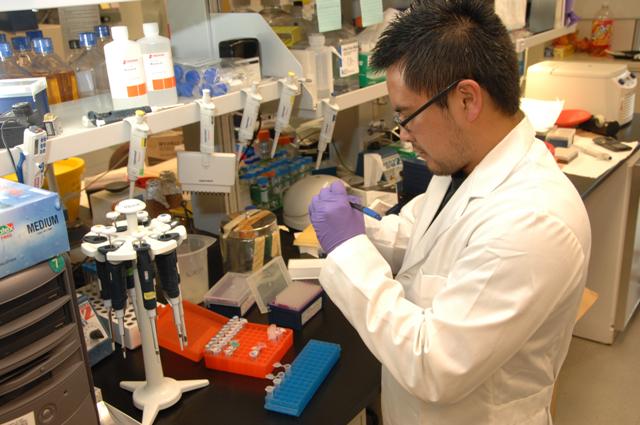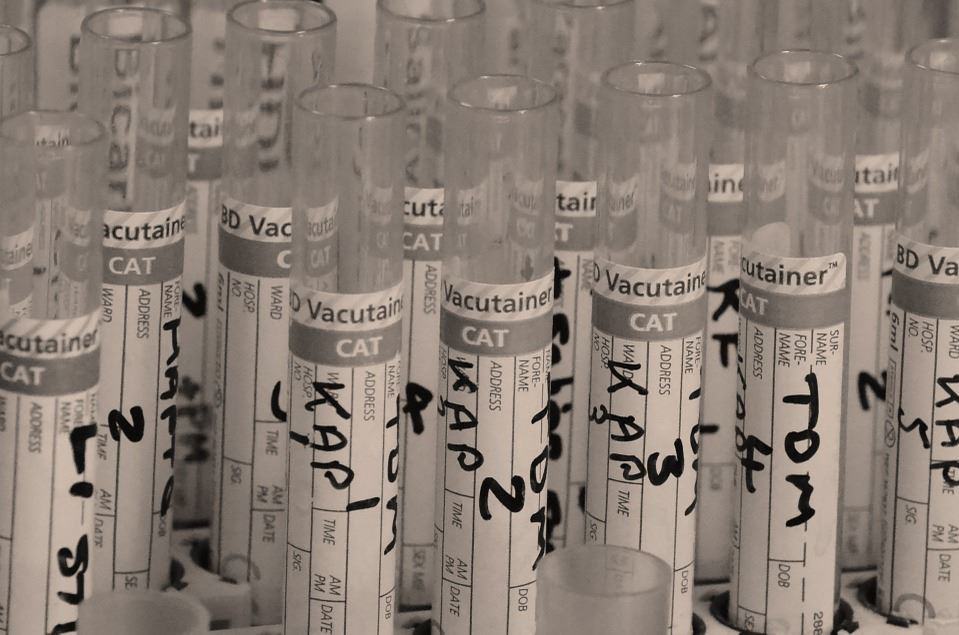The human body is an incredibly complicated biological organism. Countless systems work together and against one another to form a unique equilibrium. When these systems become unbalanced, countless conditions can arise. Minor irritations such as sweating or rashes can develop. Major problems like cardiac arrest and seizures could arise in more extreme cases.
Let’s explore some of the more unique medical lab tests that technicians can use to better illustrate the importance of compatibility with the human body.
Systemic Toxicity Testing
Testing the harmful potential of a substance is anything but new. What is unique about systemic toxicity testing pertains to the broad way it tests for the toxicity of substances as they interact with the human body. This medical test is vital to researching qualities like a safe maximum dosage, how quickly a medicine dissipates from the human body, and how biocompatible medical devices, (such as implanted devices) are with the body.
Micronucleus Testing
Determining the carcinogenic potential of genotoxic compounds is one of the more complicated tasks, but it is essential to ensure that a product is safe for long-term use. Mouse micronucleus testing provides for the testing of compounds in a way that mirrors their utilization in most mammals. This allows for the carcinogenic potential of compounds to accurately be tested, which in turn can help determine if a compound causes genetic mutations as a microcellular level.
Testing Data
Many products and medicines are derived from using bacteria, fungi, and viruses to create a culture in which compounds grow. Radiation sterilization validation is a process that determines the appropriate sterilization dose for these products that have a sterile label claim. Some companies incorporate a bioburden recovery efficiency test and bacteriostasis/fungistasis testing. The sterilization of the samples is then verified to ensure that harmful microbes cannot reproduce.

Chromosomal Aberration Testing
Some chemicals, medicines, and medical devices may have compounds that do not cause overt effects in mammals. They may instead damage the chromosomes in cells, which in turn can lead to damage that does not appear until future generations are born. Chromosomal aberration testing is a unique test that utilizes Chinese hamster ovary cells to detect aberrations induced by compounds.
This is yet another test that can help determine the genotoxicity of a chemical. Without it, people who interact with a compound may be at a heightened risk for developing tumors, passing genetic abnormalities onto children, or fostering new types of bacteria-born diseases.
Lab Testing to Ensure Safety and Biocompatibility
These four tests are good examples of the more unique tests that can be performed in a lab. Their unique nature signifies just how complicated the interaction of compounds can be with the human body.

